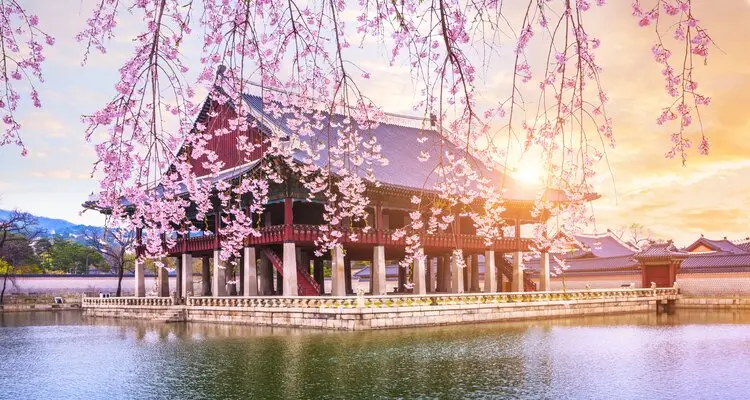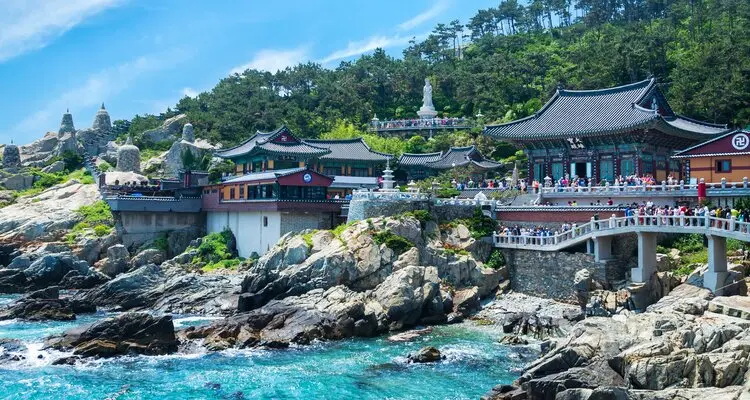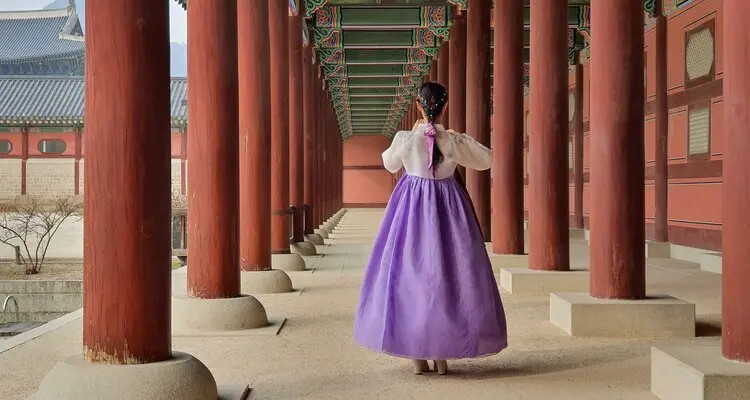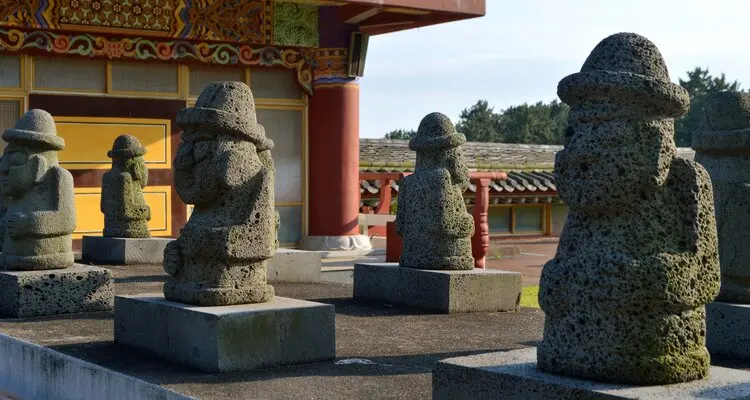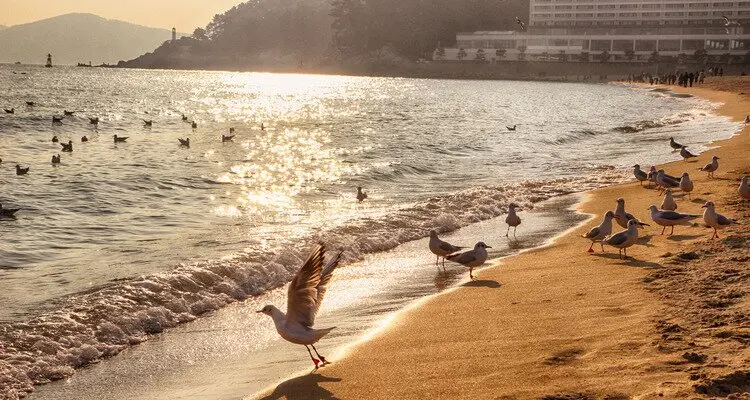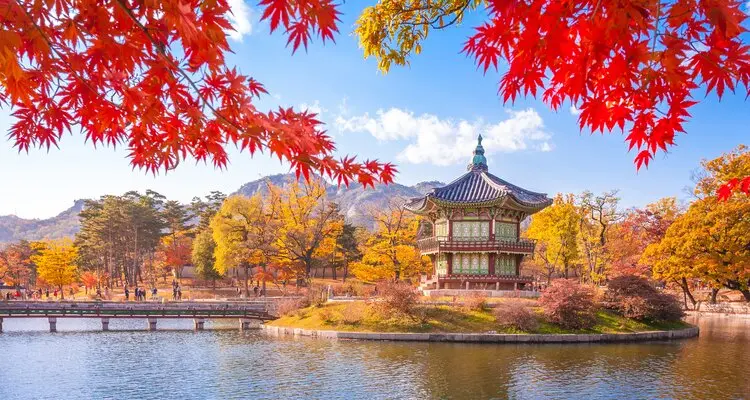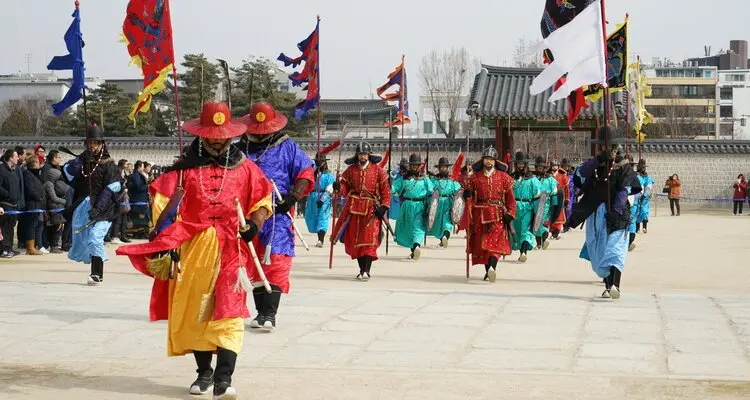South Korea experiences four distinct seasons. Generally, the best times to visit South Korea are in spring (March to May) for the cherry blossoms and autumn (September to November) for the fall foliage. Both periods have mild temperatures with an average range of around 10–16°C (50–61°F), with more clear days than summer/winter.
The best time for you to visit South Korea could be different however, depending on what you want to see and your travel preferences. Read our article to find out the best times to visit South Korea based on different factors.
South Korea Weather and Climate

South Korea has four distinct seasons:
Spring (March to May): Being one of the best times to visit South Korea, the average temperature ranges from 8–16°C (46–61°F), providing pleasant weather to enjoy the cherry blossoms and outdoor activities.
Summer (June to August): The sweltering conditions may make it uncomfortable for you to explore sightseeing spots during summer in South Korea. The average daily high during this season is 30°C (86°F) and there is frequent rainfall due to the rainy season. June is a better time to travel compared to July and August as it's cooler and has fewer crowds, with an average daily temperature range of 18–27°C (64–81°F).
Autumn (September to November): This is another one of the best times to visit South Korea. Cooler temperatures and decreased rainfall are the main features of this season. The average night-day temperature range is from 10 to 18°C (50–64°F). Many locals choose to go hiking during fall.
Winter (December to February): It is the coldest and driest time of the year, with temperatures ranging from 3 to 5°C (37–41°F) on a typical day. We don't usually advise visiting South Korea during this period because it is too cold for comfort. However, if you are going for skiing or snowboarding activities, it's a different story. A Japanese skiing/winter experience is even better though.
Suggested reading: How to Plan a Trip to South Korea>>>
The Worst Times to Visit South Korea

The summer months (July to August) in South Korea are the worst time to visit. High temperatures usually reach up 35°C (95°F) on the hottest days, and two-thirds of the annual rainfall occurs during this season, making heavy rainfall common. Therefore, you're recommended to avoid this period if you have a flexible schedule.
The second worst time to visit South Korea is in winter, from December to February. January is the coldest month of the year, with temperatures in Seoul sometimes dropping below -10°C (14°F) and occasionally falling below -15°C (5°F).
Suggested reading: Plan a Family Trip to South Korea>>>
Best Times for Pleasant Weather and Fewer Crowds
 Wearing Hanbok to visit Bukchon Hanok Village, Seoul
Wearing Hanbok to visit Bukchon Hanok Village, SeoulLate April to May has mild weather in South Korea, with average daily temperatures ranging from 13 to 23°C (55–73°F), and there are more sunny days before the rainy season arrives. The crowds of people viewing the cherry blossoms have disappeared and the summer vacation has not yet started, making it a perfect time to do outdoor activities and go sightseeing.
June is the start of summer and the rainy season in South Korea. The night-day temperature range is about 18–27°C (64–81°F) and rainfall typically consists of steady drizzles, but it doesn't rain every day.
September marks the tail end of the summer crowds and the rainy season. The weather tends to be drier and cooler, with an average daily temperature range of 17–26°C (63–79°F). More crowds arrive in October and November for the colorful autumn scenery. South Korea usually has a 3-day holiday in September for the important Chuseok (Mid-Autumn) festival and some stores may close or open late. Chuseok would not affect your trip and could be a chance to see more of Korea's culture.
Suggested reading: Plan a 2-Week Itinerary in Japan and South Korea>>>
The Cheapest Time to Visit South Korea
 Traditional Hanok
Traditional HanokWinter (December to February) is the cheapest time to visit South Korea, except during Christmas and New Year (usually from December 23rd to January 5th). Not only could you benefit from lower hotel prices and better deals on international flights, but also you would see fewer crowds. However, be prepared for the chilly weather!
South Korea Travel Guide by Month
- Jan - Feb
- Mar - Apr
- May
- Jun
- Jul - Aug
- Sep
- Oct - Nov
- Dec
January and February: Cold and Dry
 Traditional Korean houses covered in snow
Traditional Korean houses covered in snow- Average temperature: -4–5°C (25–41°F)
- Average rainfall: 23 mm (1 in)
January and February in South Korea have the coldest and driest weather of the year, with temperatures dropping as low as -10°C (14°F). It's quite cold and it may not be an ideal time for you to visit the country.
Festivals and events: Seollal, Korean Lunar New Year, is the most important festival in South Korea. During this time, you could immerse yourself in Korean culture at a temple fair to experience traditional Korean performances, sample local cuisines, and pray for the coming year.
Get Inspired with Some Popular Itineraries
At Asia Highlights, we create your kind of journey — your dates, your destinations, at your pace. You can have any trip tailor made for your travel.



